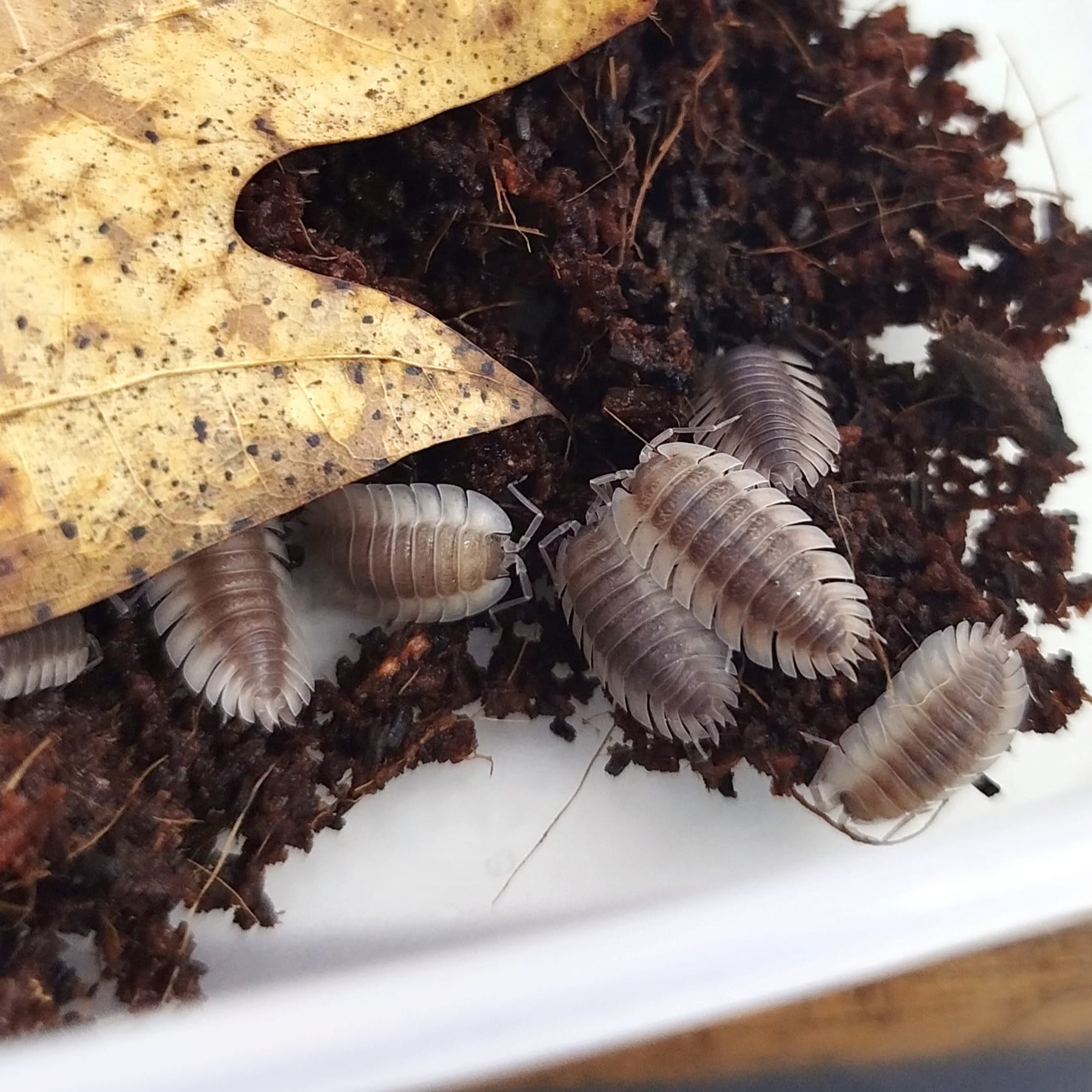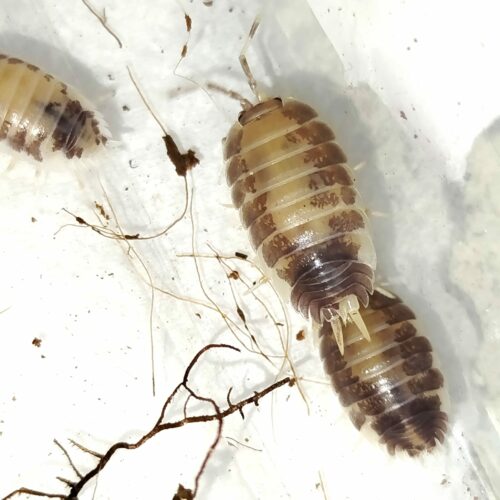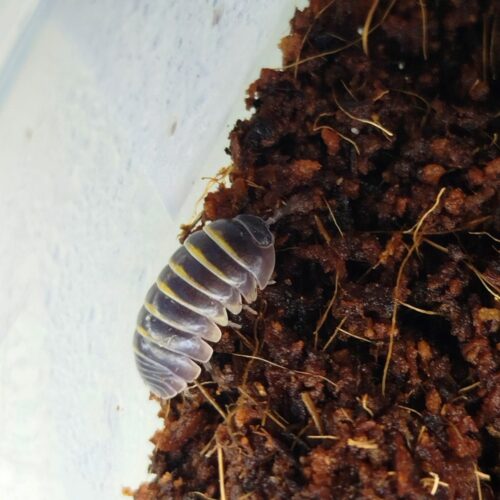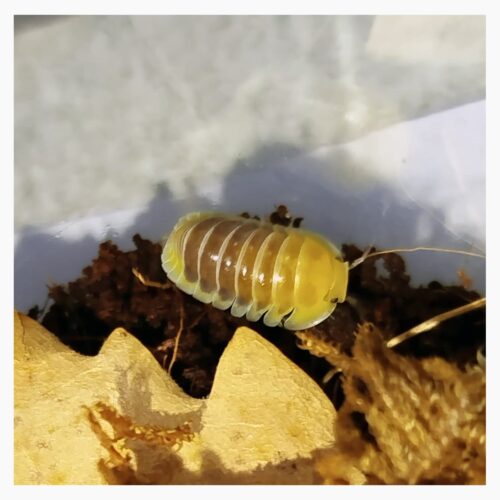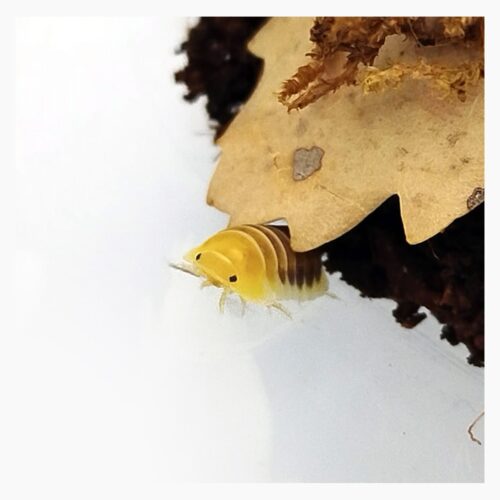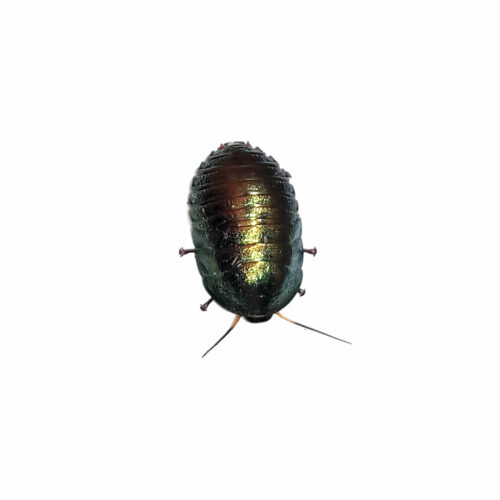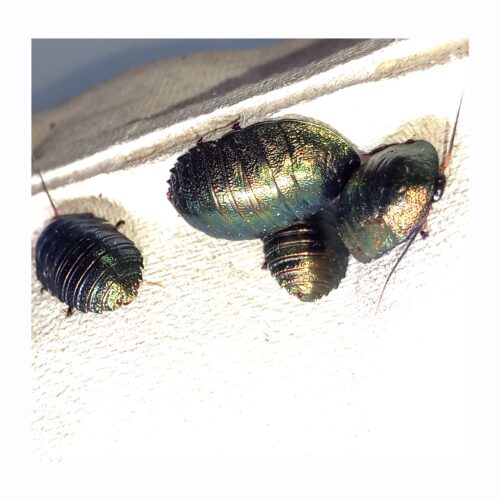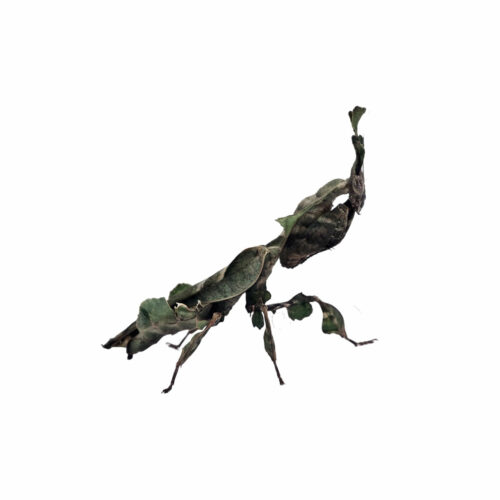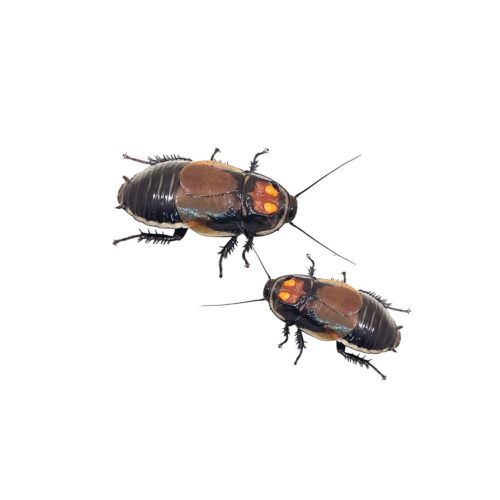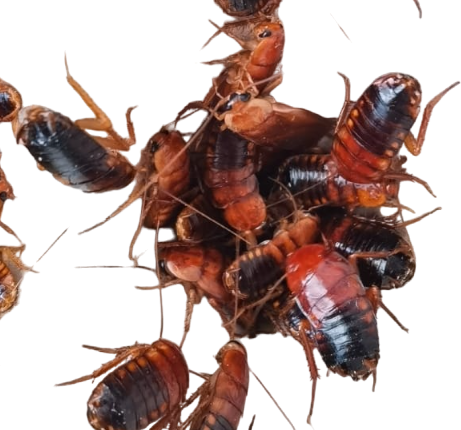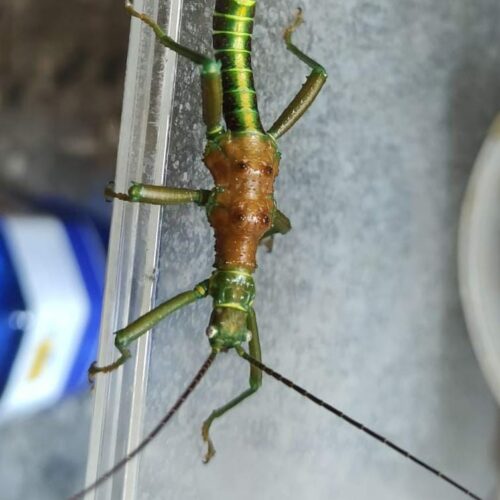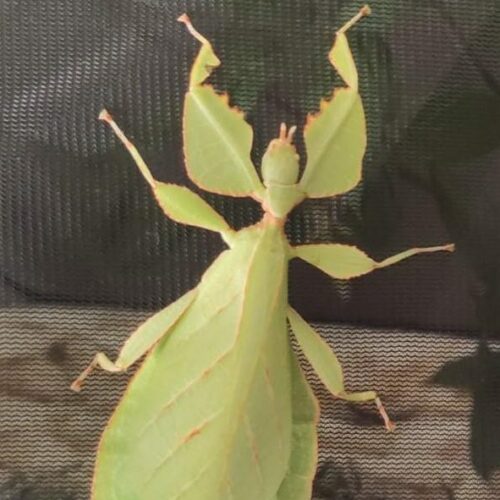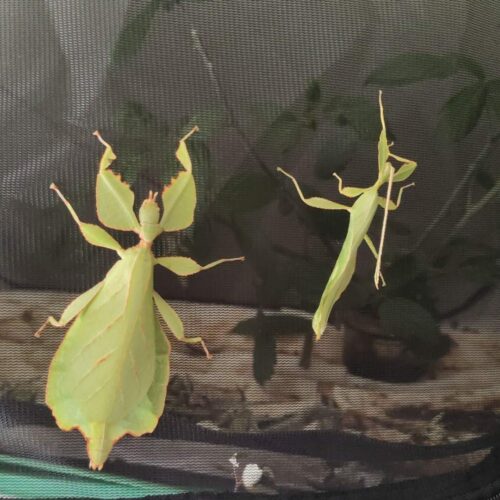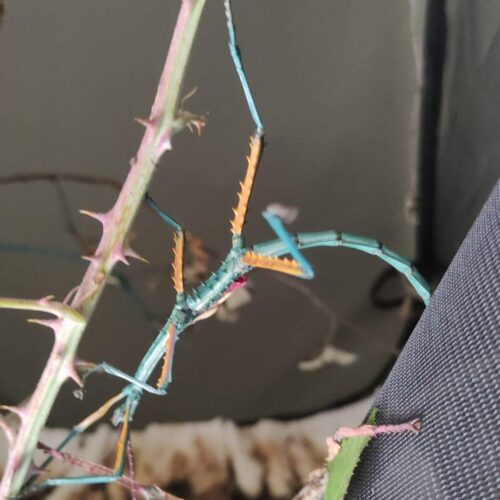Trachelipus trilobatus
3,00€ – 12,00€
Discover the isopod Trachelipus trilobatus! 🪵🌿 Perfect for terrariums, this little cleaner feeds on organic matter, helps maintain the ecosystem, and adds a natural touch. Easy to care for, resilient, and ideal for beginners. 🐾✨
Technical Sheet: Isopod Trachelipus trilobatus
General Information
Common Name: No specific common name.
Scientific Name: Trachelipus trilobatus
Family: Trachelipodidae
Distribution: Native to Europe, but introduced to various regions worldwide due to its ability to adapt to different habitats.
Size: Between 10 and 15 mm in its adult stage.
Coloration: Generally dark gray or brown with mottled patterns that help it camouflage in its environment.
Characteristics
Morphology: It has an oval, segmented body with well-defined dorsal plates. Its distinctive feature is the trilobate shape of the posterior part of the body, which gives it its name.
Habitat: Prefers humid environments like soils rich in organic matter, forests, gardens, and protected urban areas. It is commonly found under stones, logs, and leaves.
Behavior: Primarily nocturnal and detritivorous, feeding on decomposing organic matter, which contributes to the health of the ecosystem.
Care in Captivity
Terrarium:
Size: Dependent on the number of individuals, but a minimum of 20 x 20 cm is recommended for small colonies.
Substrate: Moist and rich in organic matter, such as coconut fiber, sphagnum moss, and dry leaves.
Decoration: Add logs, stones, and shelters to simulate its natural environment.
Humidity: High, between 70% and 90%. It is essential to keep the substrate moist but not waterlogged.
Temperature: Ideal between 18°C and 24°C.
Feeding: Decomposing plant matter, dry leaves, pieces of rotting wood, and occasionally complementary foods like zucchini, carrot, or fruit peels.
Compatibility: Can coexist with other isopod species in mixed terrariums, as long as there is enough space and resources.
Reproduction
Life Cycle: They reproduce sexually. Females carry the eggs in their marsupium until the young hatch, ensuring a higher survival rate.
Young: When born, they are small and translucent, reaching maturity in a few months.
Advantages in Terrariums
- They act as part of the cleaning crew in the terrarium by breaking down organic waste.
- They are easy to maintain and perfect for enthusiasts of the arthropod world.
- Their resilience and adaptability make them an excellent choice for beginners.
| Options |
1 unit ,5 units |
|---|
Related products
Cubaris jupiter
there is stock
Pseudoglomeris Magnifica
Sold out
Phyllocrania paradoxa
Sold out
Lucihormetica verrucosa
there is stock
Shelfordella lateralis (ex tartara)(10 units)
there is stock
Achrioptera manga (fallax)
Sold out








